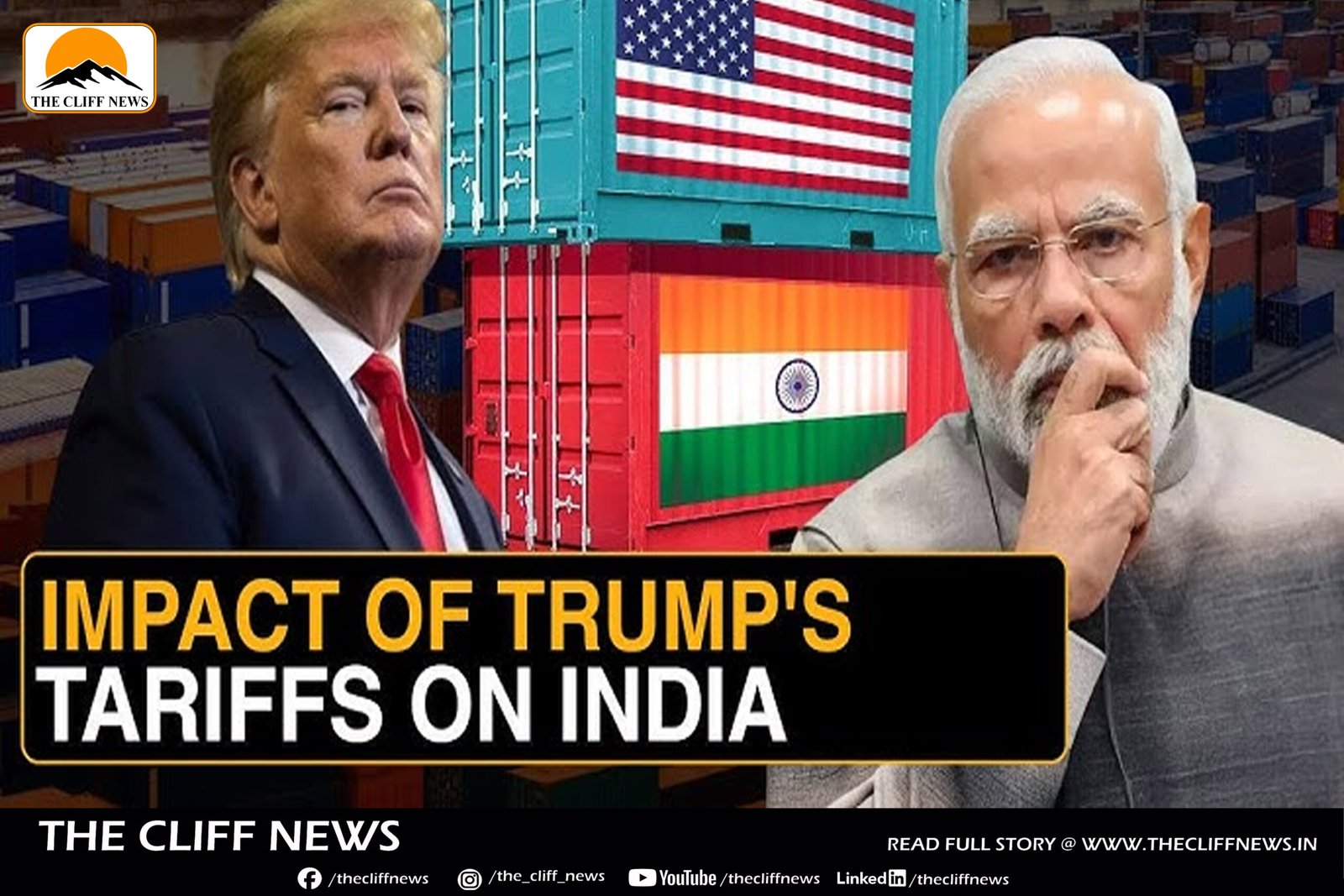The United States has imposed steep new tariffs on India over its continued purchases of discounted Russian oil, striking a blow to the world’s fastest-growing large economy and straining relations between Washington and New Delhi.
The punitive 25 per cent levy, applied on top of an existing 25 per cent “reciprocal” tariff, came into effect at 12:01 am US Eastern time on Wednesday. This move has pushed India’s tariff levels among the highest in the world.
Escalation After Failed Talks
President Donald Trump’s decision to double tariffs on India marked a sharp escalation following the collapse of recent trade talks. Alyssa Ayres, a former US State Department official now at George Washington University, described the sudden deterioration in ties as “head-spinning.”
Indian analysts believe the move was aimed at pressuring Russian President Vladimir Putin to end the war in Ukraine. However, despite higher costs, India has continued to import Russian crude, though at reduced levels. “Trump is trying to get at Putin, and India is a soft target to do so,” said Ashok Malik, chair of The Asia Group’s India practice and a former foreign ministry adviser.
Economic Impact on India
The Global Trade Research Initiative, a New Delhi-based think tank, warned that Indian exports to the US could fall sharply—from $86.5 billion in 2025 to about $50 billion by 2026. Sectors such as textiles, gems, jewellery, shrimp, and carpets are expected to suffer the most, with exports potentially collapsing by up to 70 per cent, threatening hundreds of thousands of jobs.
Standard Chartered Bank estimated the tariffs could reduce India’s GDP growth by as much as 1 percentage point. However, Anubhuti Sahay, head of India economic research at the bank, pointed out that India’s domestic-driven economy is less exposed than export-dependent Asian economies.
Wider Tariff War
In addition to general tariffs, Washington is planning sector-specific duties covering semiconductors, consumer electronics, and pharmaceuticals. India is now among the worst-affected nations in Trump’s global tariff war, with duties on par with Brazil’s and exceeding those on China, whose new trade terms are still under negotiation.
“I think India could survive 25 per cent… but 50 per cent is a completely different scenario,” warned Mark Linscott, a former US trade negotiator who now advises companies in both countries.
Stalled Negotiations and New Alignments
Trade talks between the two sides stalled over New Delhi’s refusal to open its vast agricultural and dairy markets—sectors that Prime Minister Narendra Modi has vowed to “never compromise.” In response, US negotiators called off a planned trip to India this week.
Amid mounting tensions, India has begun strengthening its engagement with Russia and China. Prime Minister Modi is set to make his first visit to China in seven years this weekend to attend the Shanghai Cooperation Organisation (SCO) summit. Meanwhile, External Affairs Minister Subrahmanyam Jaishankar last week urged Russian businesses to engage “more intensively” with India.



